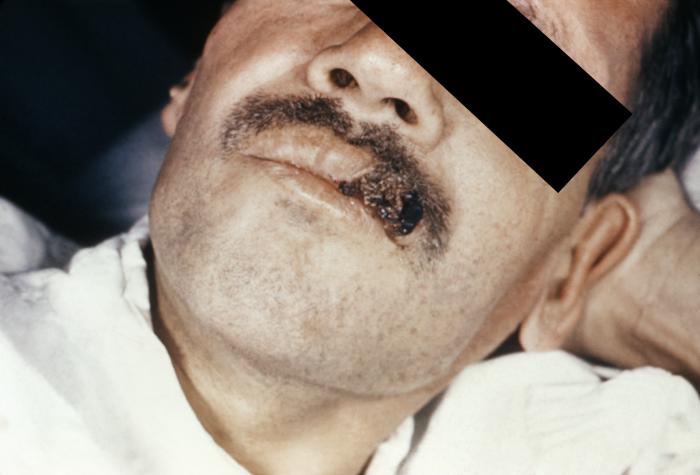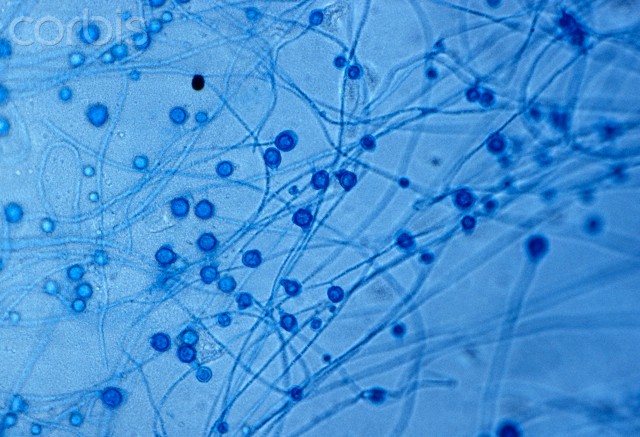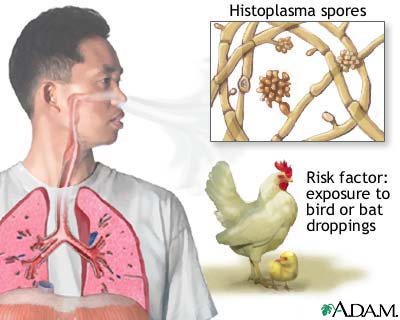Histoplasmosis

What is it?
It is an infection in the lungs which is also known as "Cave disease," "Darling's disease," "Ohio valley disease," "Reticuloendotheliosis," "Spelunker’s Lung" and Caver's disease. It is common in AIDS patients due to their supressed immunity. If a healthy person is already infected in the past, his or her immune system had already developed partial protection against the disease.

A person infected by histoplasmosis

Histoplasmosis in a cat
What causes it?
Inhaling the spores of a fungus, Histoplasma capsulatum.

Picture of germinating spores of Histoplasma capsulatum
What are the symptoms?
90% of the cases don’t show any symptom, but the symptoms commonly shown by the other 10% are fever, chills, dry cough, malaise, sweats, and abdominal pains about three to 14 days after exposure. If the disease progresses, symptoms such as weight loss, fatigue, dyspnoea, chest pain, and reduced or loss of vision may occur.
How does it spread?
Usually via air. When the fungus is disturbed, the spores became airborne and can be carried by wind miles away. When inhaled, these spores will cause infection on the inhaler’s lungs, be it a human or an animal.

A picture showing one of the ways of how histoplasmosis can be spread.
How to treat it?
Most patients who develop histoplasmosis do not require treatment. Some may only require supportive treatment that relieves the symptoms of the disease. Severe symptoms with a large involvement of the lungs require treatment with specific antifungal drugs.